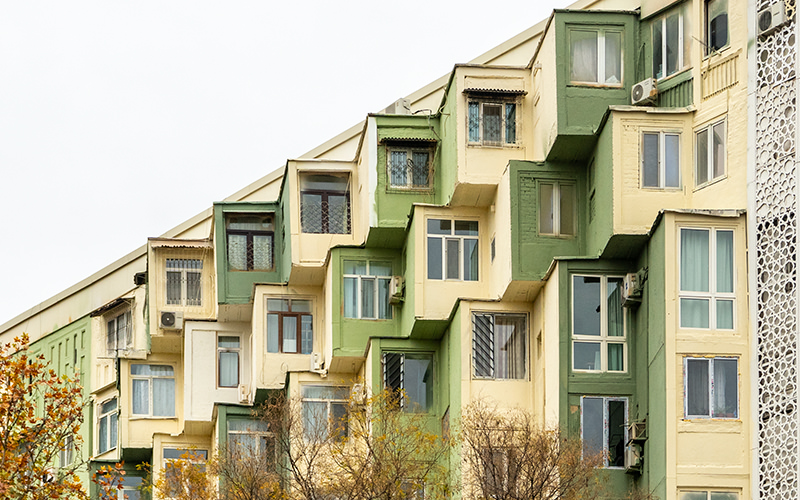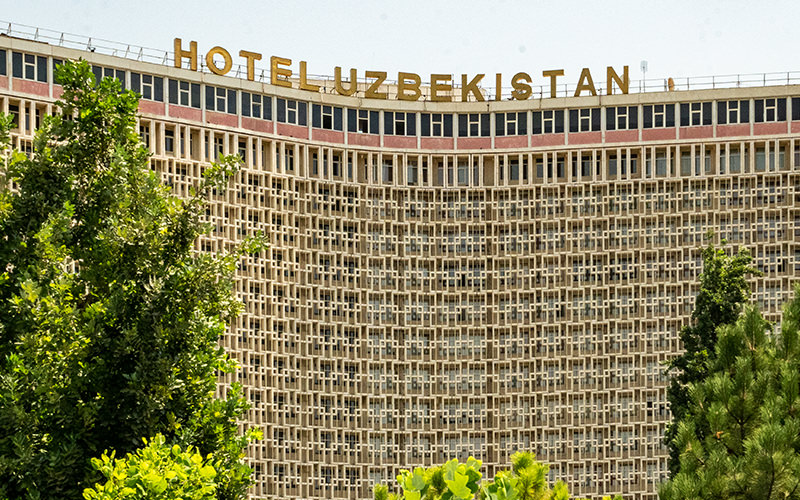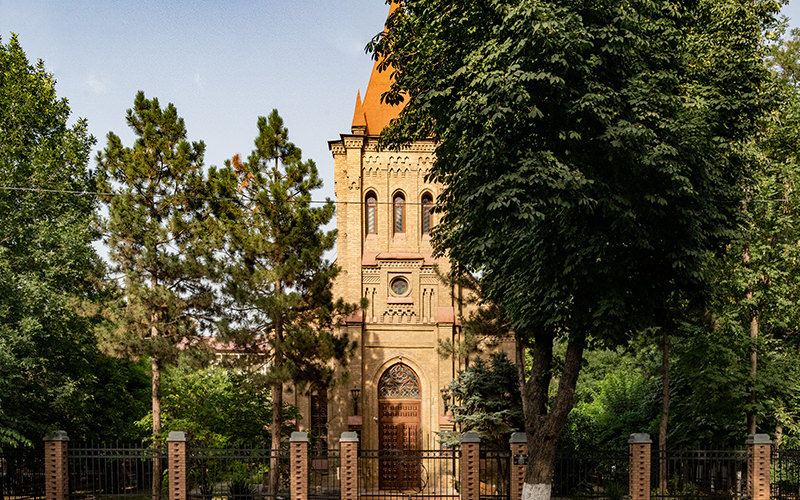Every city I have ever visited has left me with memories of intriguing architectural details. Moscow, for example, reminds me of ultra-modern buildings alongside grand Constructivist and Modernist complexes from past eras. Tbilisi stands out for its numerous small, well-preserved ancient churches. When I think of the streets of Tashkent, I picture the remarkable, colorful facades of residential buildings adorned with vibrant mosaics. Today, I would like to tell you about these unique works of art.
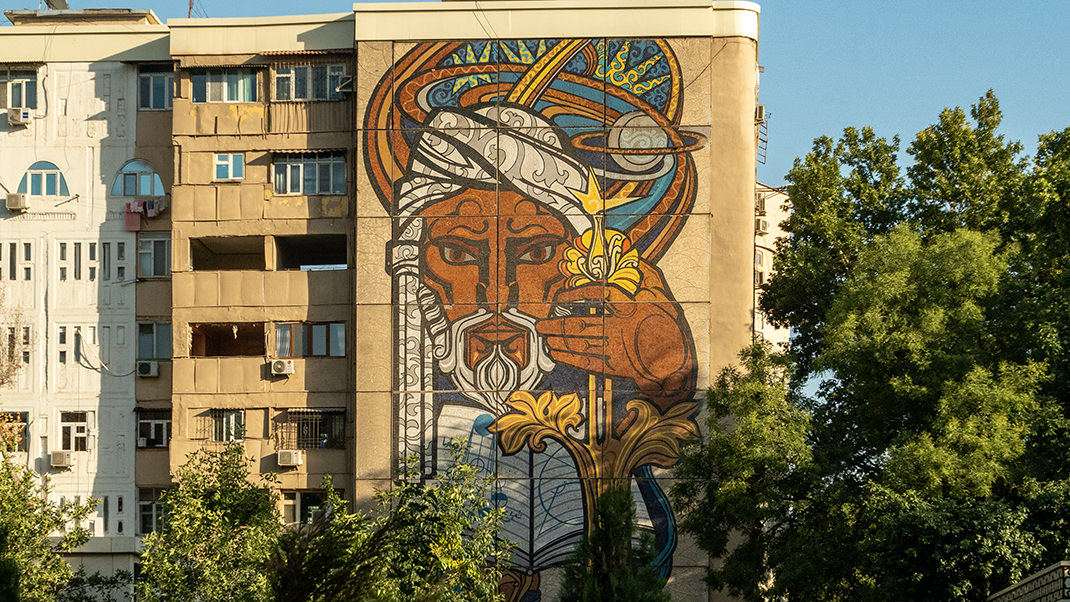
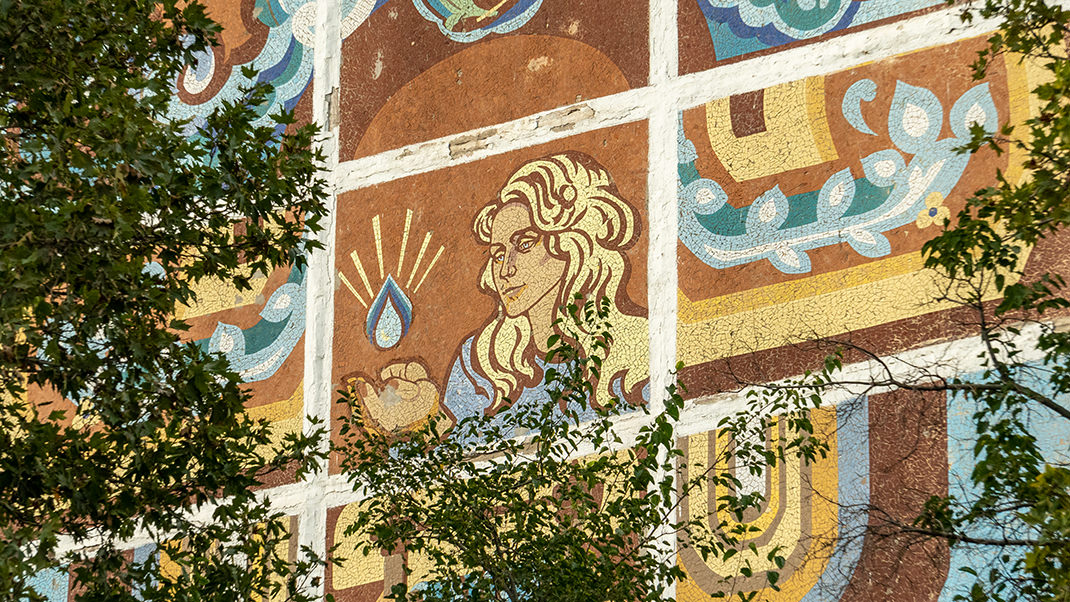
Tashkent Mosaics
Mosaic panels can be found on many Tashkent buildings constructed in the second half of the 20th century. In some areas, individual buildings are decorated with mosaics, while in other districts, several structures featuring these artworks form an entire architectural ensemble.
The themes of the mosaics vary: some feature colorful geometric shapes, while others depict different characters and scenes from life.
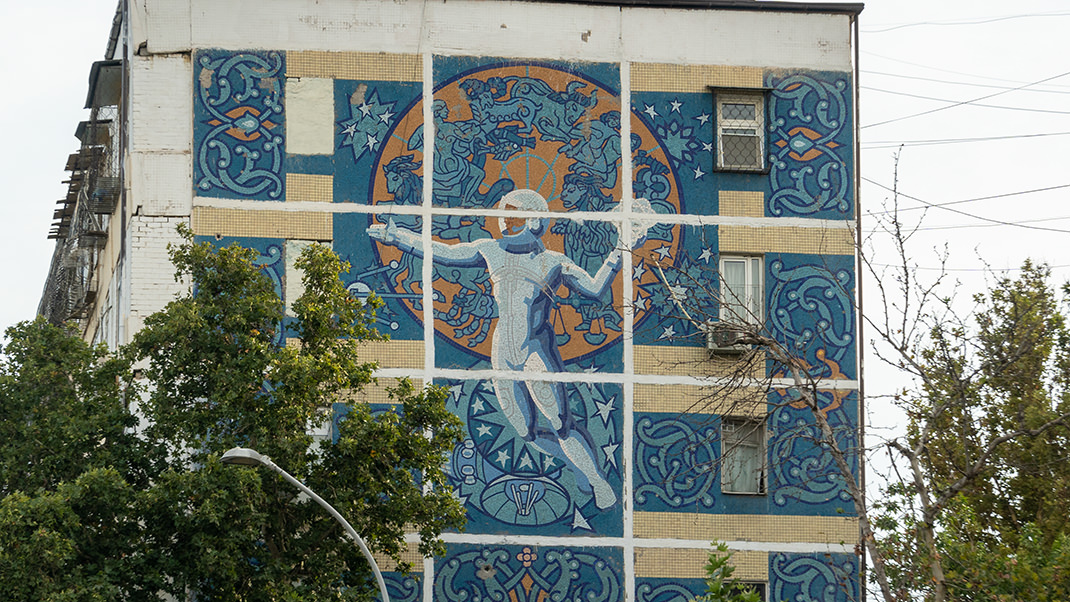
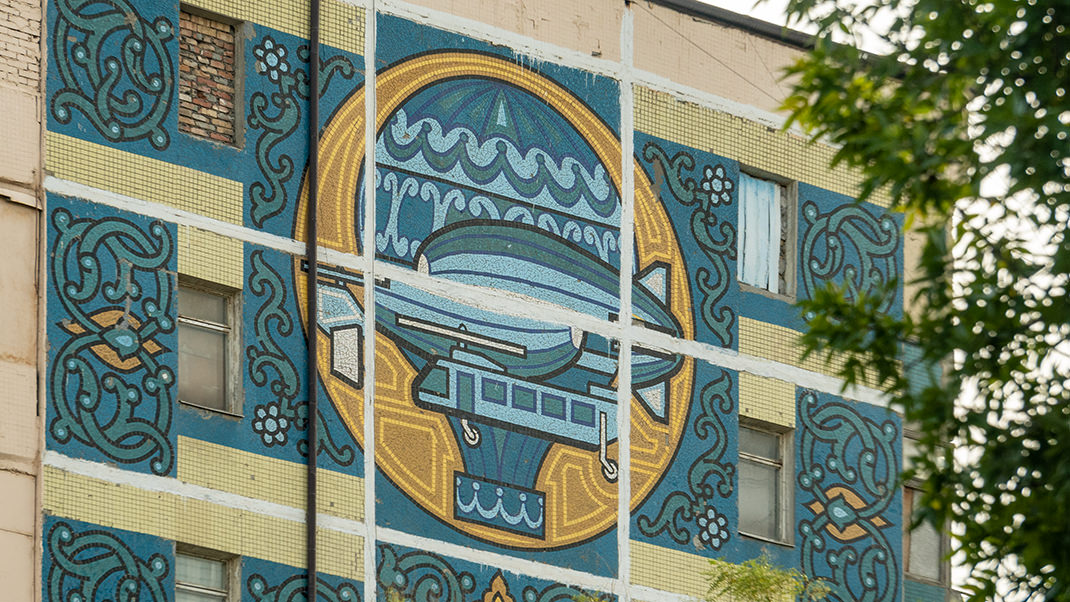
In my opinion, the most interesting mosaic can be found at 69/2 Babur Street. It depicts a scholar, likely Mirzo Ulugh Beg, a renowned and respected astronomer, mathematician, and statesman in Uzbekistan. The most unusual mosaic, in my view, is the one of a cosmonaut at 30 Labzak Street.
A Bit of History
Tashkent's mosaics on panel residential buildings began to appear after the devastating earthquake on April 26, 1966. The earthquake destroyed a large number of residential, administrative, commercial, and industrial buildings. A total of 181 educational and 185 medical institutions disappeared from the map of Tashkent.
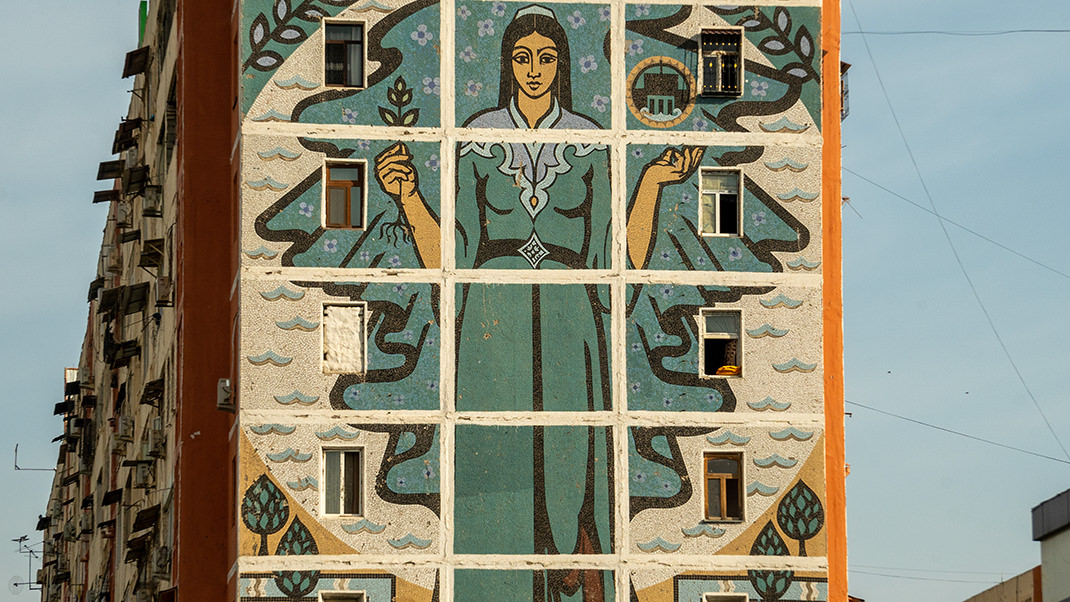
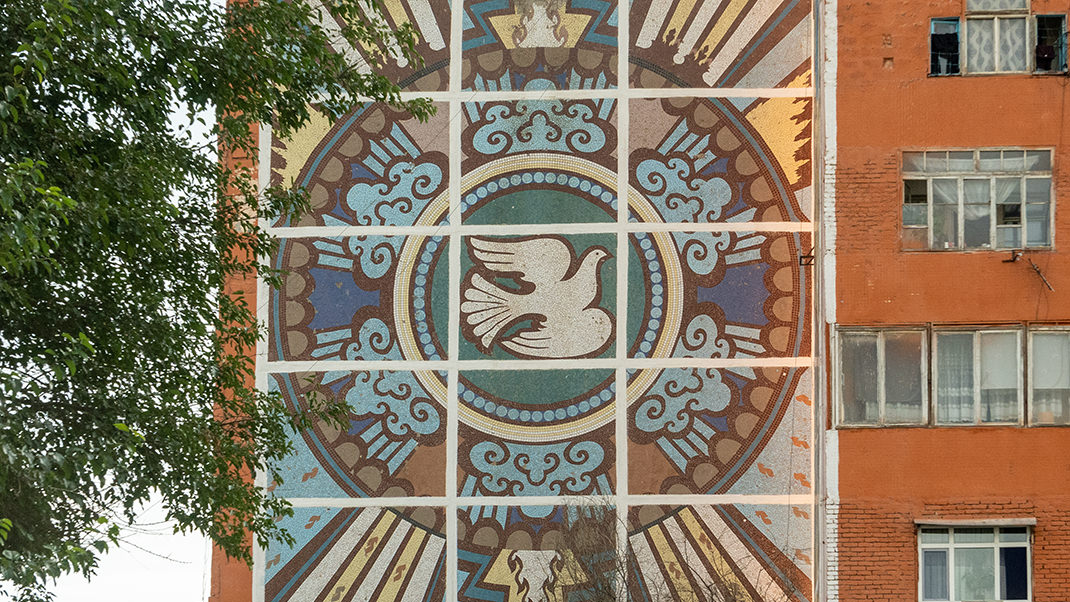
During the city's reconstruction, new residential neighborhoods began to emerge, built by craftsmen from all the Soviet republics. Among them were Pyotr, Nikolai, and Alexander Zharsky — artists who established the tradition of decorating Tashkent's residential buildings with mosaic panels.
Zharsky brothers were born in Paris to a creative family of emigrants. In 1947, they returned to Russia and pursued artistic education: Pyotr and Nikolai studied in Leningrad, while Alexander honed his skills in Kazan.
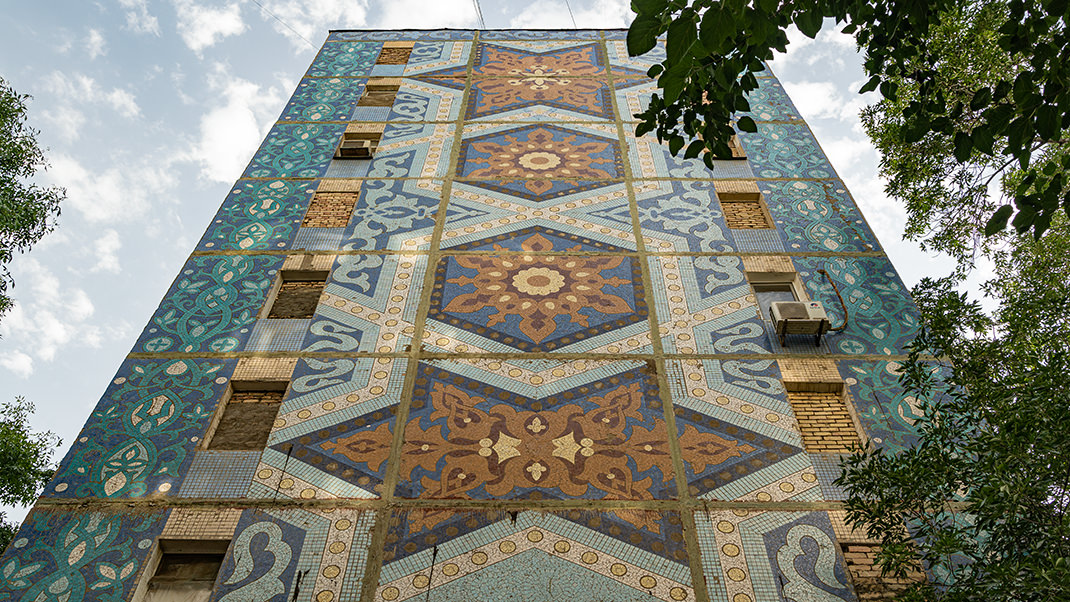
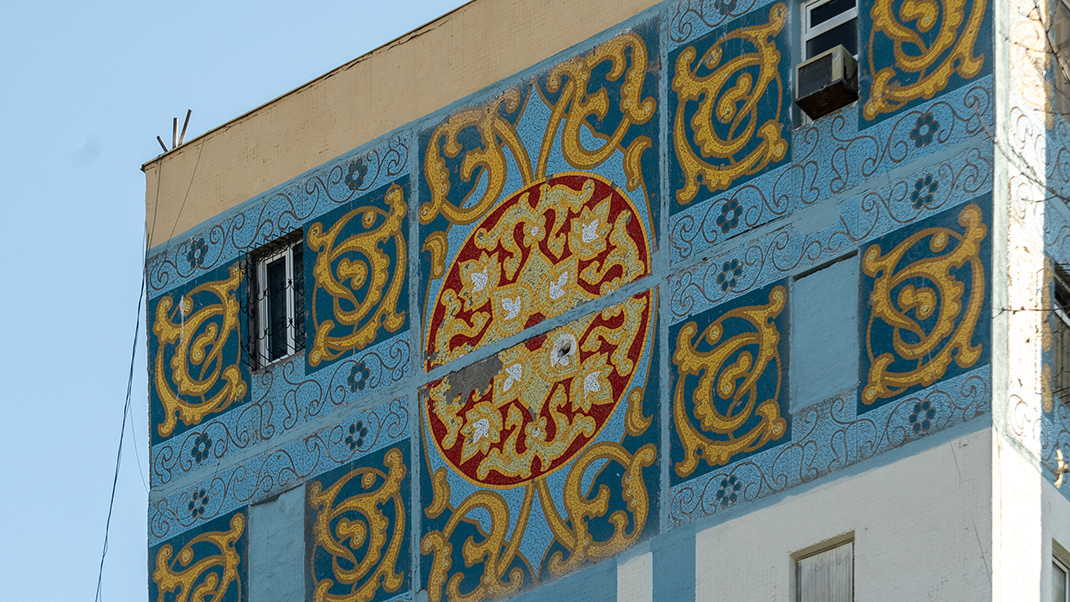
By creating these vibrant mosaic panels, the artists aimed to bring diversity to the monotonous panel high-rises, and they certainly succeeded. The first decorated facade appeared on Mukimi Street. Literature on the city’s architecture notes that this unique artwork shocked conservative architects.
Colorful mosaic panels can be found not only on residential buildings in the city. For example, a large mosaic decorates the Republican House of Television and the nearby Pakhtakor metro station, whose decorative design was also the work of one of Zharsky brothers.
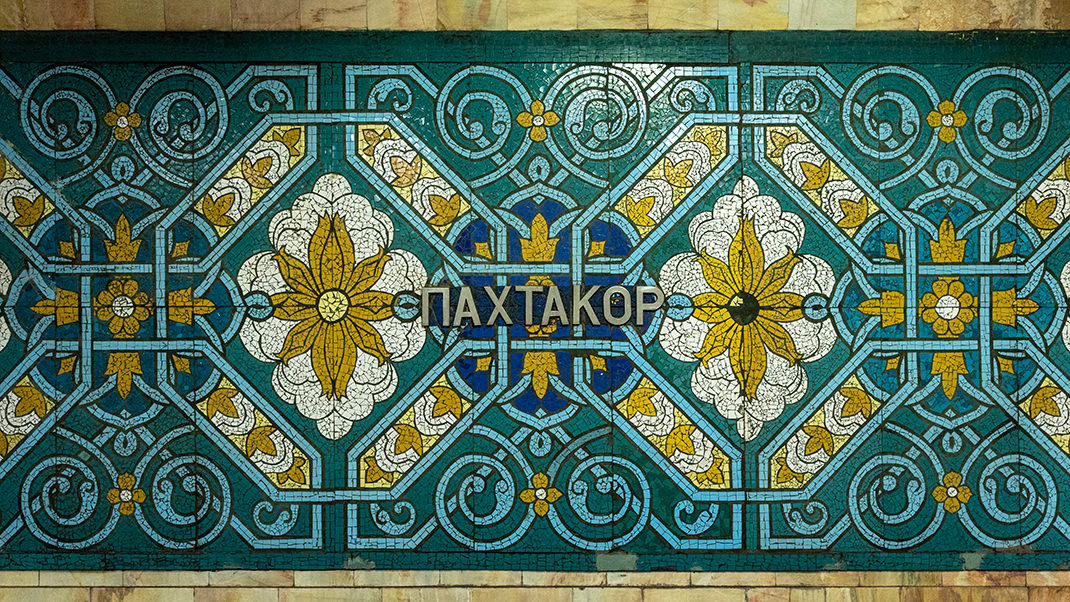
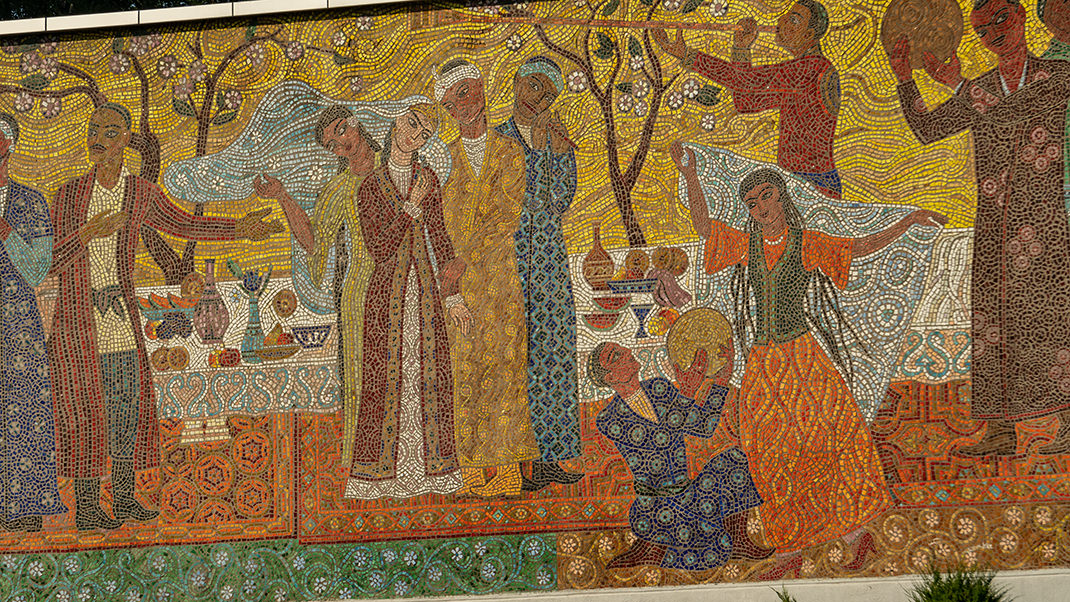
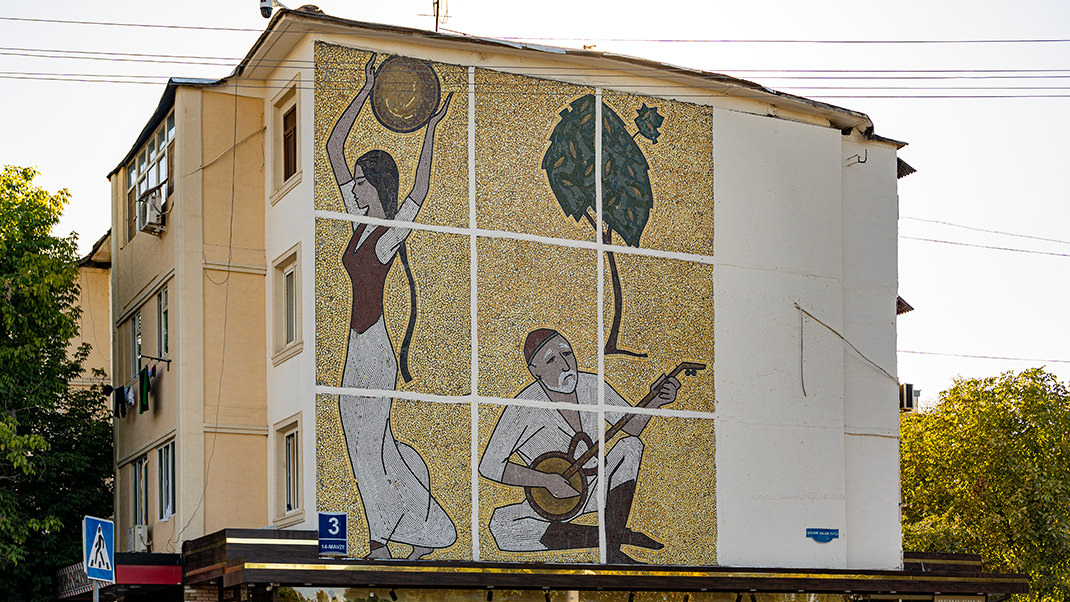
I have come across several reports of these amazing panels being destroyed or painted over. Perhaps due to these events, proposals have emerged to classify Tashkent mosaics as cultural and historical heritage sites.
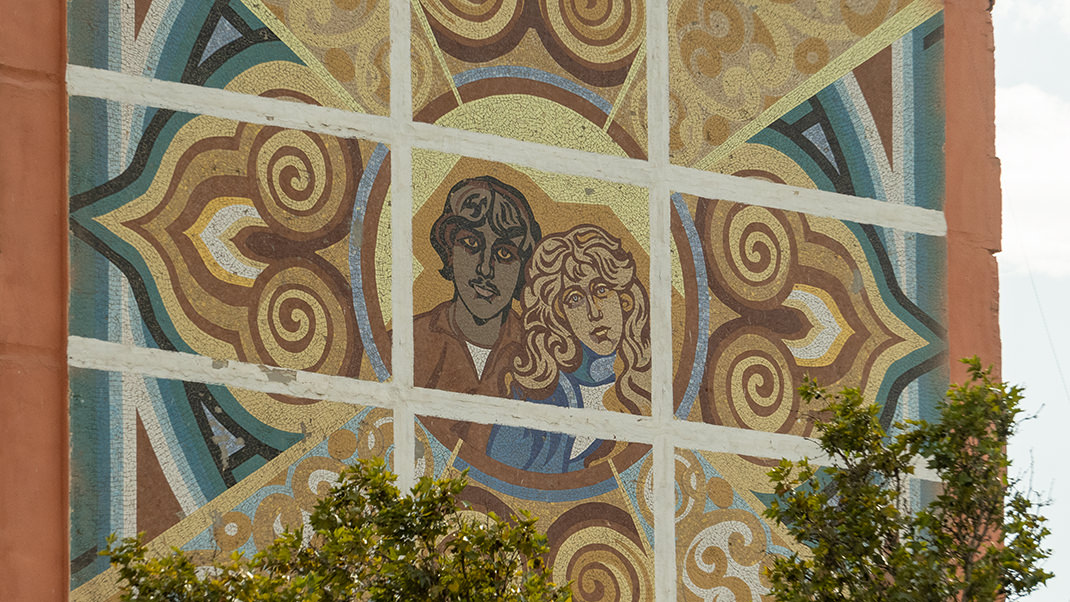
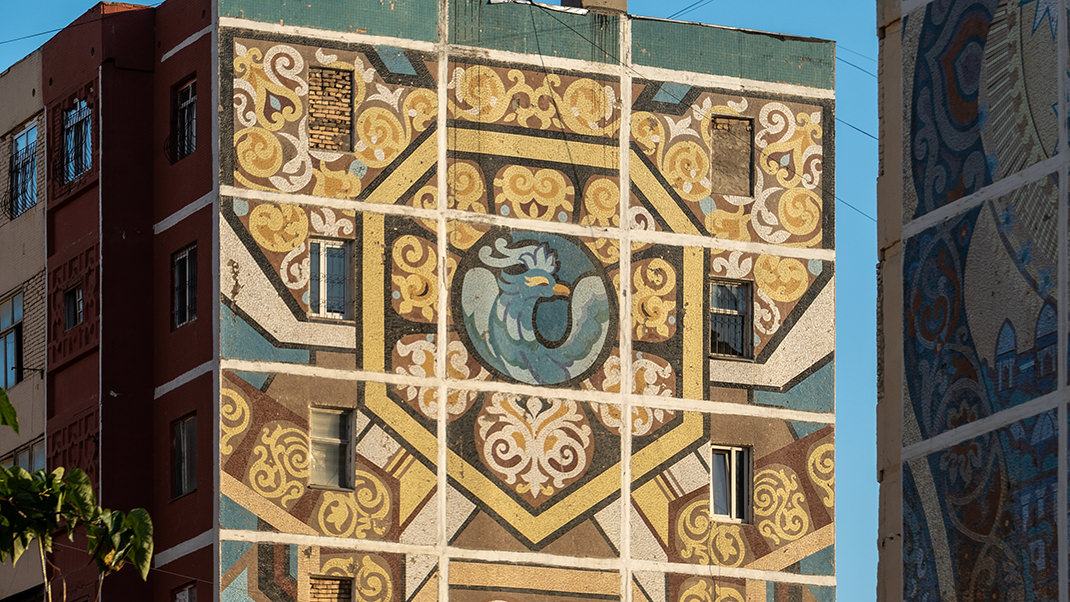
As far as I know, the Zharsky brothers created around 400 different mosaics for Tashkent's residential buildings. Most likely, not all have survived, but I have tried to capture some of them during my walks around the city.
Have a nice trip!


